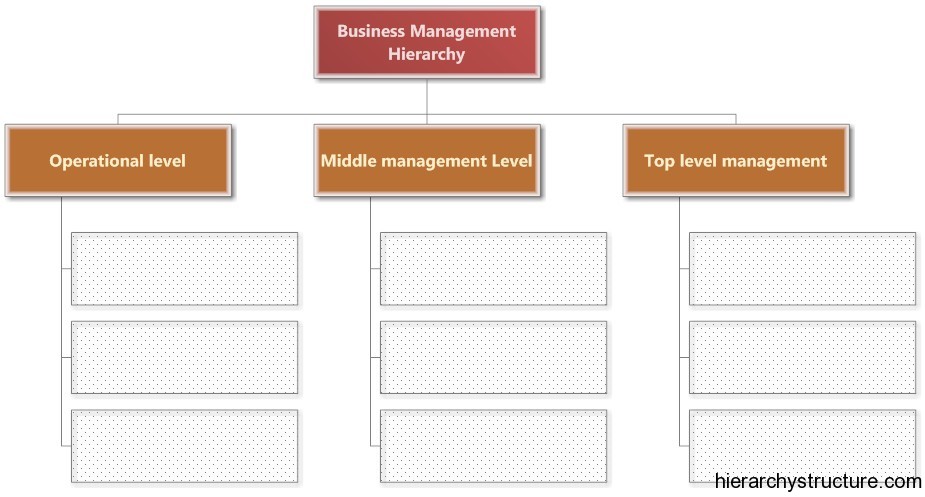Every business organization establishes a structure for its management in order to improve the effectiveness in the tasks carried out in the organization, called as business management hierarchy. The best structure so far from the business point of view is the hierarchical structure that helps organizations to get divided into levels and each level is required to handle its own set of activities, responsibilities and accountability.
In the hierarchical structure of organizations, the authority, power and the responsibilities are delegated so that the person to whom we delegate is able to make the needed contribution to the workgroup. In this way, each individual associated with organization needs to focus on his work only. The concept of delegation of authority results into delegation of decision making and consequently needs acts for implementation. Thus authority to make decisions is spread through delegation of authority. Sometimes the tendency is to concentrate decision making at all the positions.
The advantages of such kind of hierarchical arrangement include speed in decision making since it does not involve too many people. Responsibility gets defined and clear to act. The decision making is clearer since it has not to be discussed and depends on general consensus. And if we look on the organization as a whole, the work is divided into groups in such an effective manner, that organization can easily achieve success & professional growth.
The effect of delegation of authority in management results in creation of levels in organization. Generally it is observed that three types of levels can be seen in any organization’s business management hierarchy.
Operational level
This is the first and the lowest level. It is described as operational level management which is generally the front line work with day to day decision making of structured nature. It is more related to man machine relation and resources utilization by workers and their supervisors since they are engaged in actual implementation and execution of work.
Middle management Level
Operation level is guided by middle management level as this level takes decision pertaining to the actual use of resources and for a general span of time extending up to the financial year. These professionals are expected to bring better operational financial results on year to year basis. These jobs are more knowledge oriented. This level, which is described as middle level management, is placed between operational people and top management.
Top level management
The third level is called top management level which is on the top of the hierarchical arrangement. It consists of people such as CEO, managing director, general managers, presidents, and vice presidents etc. who do the planning for the business and oversee the performance. This group of executives is engage in scanning internal and external environment.
These people are meant to make business a success in long term perspective. These jobs require more conceptual skills since you deal in future and everything that is uncertain. In fact, these people navigate business activity all the time. Each of this level management perspective must change, this demands for additional skills as one aims at the top level.
To know more about Small Business Management Hierarchy Click Here

